
Culture
08:56, 09-Feb-2018
How many traditional Spring Festival rituals do you know?
By Jiang Jiao, Huang Xinwei
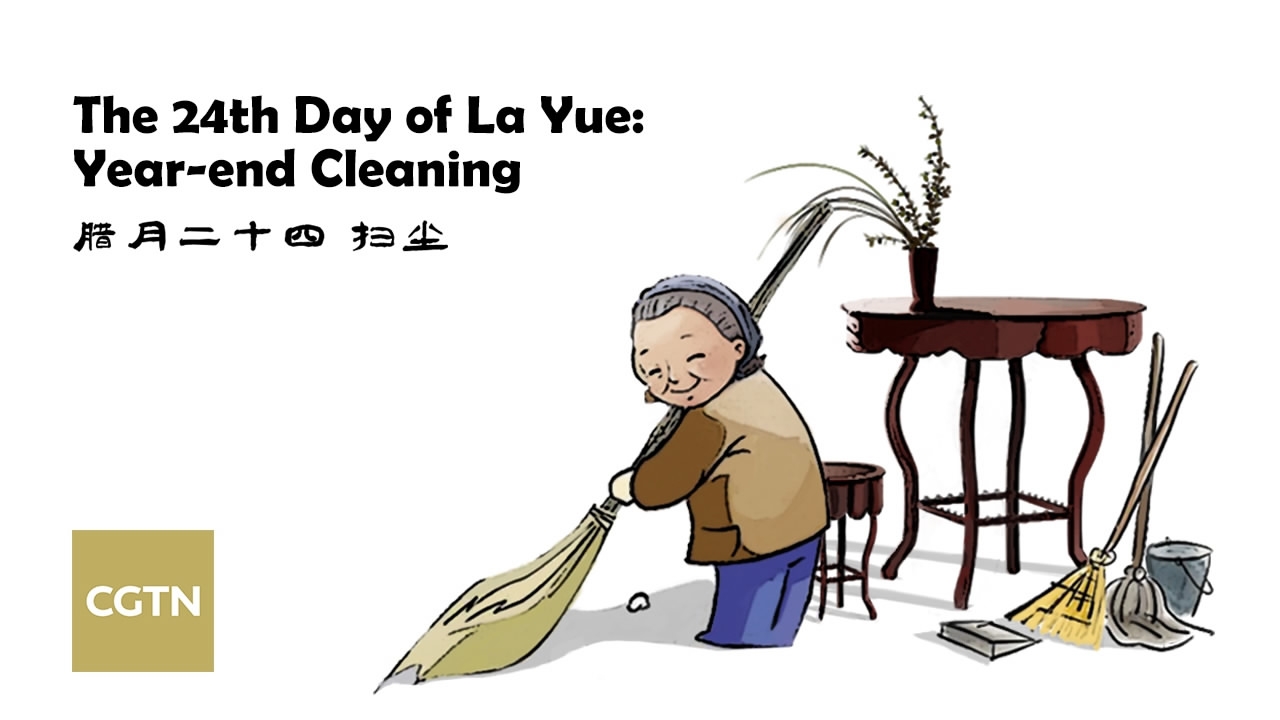
Starting Friday, most Chinese families will kick off a series of rituals to welcome the Lunar New Year. The traditions that have been inherited and maintained for thousands of years, bear with them the culture of the nation.
Traditionally, Spring Festival celebrations last for nearly a month, starting from the 23rd day of the 12th lunar month (La Yue in Chinese) until the Lantern Festival on the 15th day of the first lunar month (Zheng Yue in Chinese).
This year, the Chinese New Year falls on February 16, which marks the Year of the Dog, according to the Chinese zodiac sign, and the Lantern Festival is to be celebrated on March 2.
The 24th day of La Yue: Thoroughly clean the house
According to Chinese folklore, most deities on earth return to heaven on this day to report on their work. It is a perfect occasion for people to thoroughly clean their houses without worrying about offending household gods.
The 25th day of La Yue: Grinding bean curd (tofu)
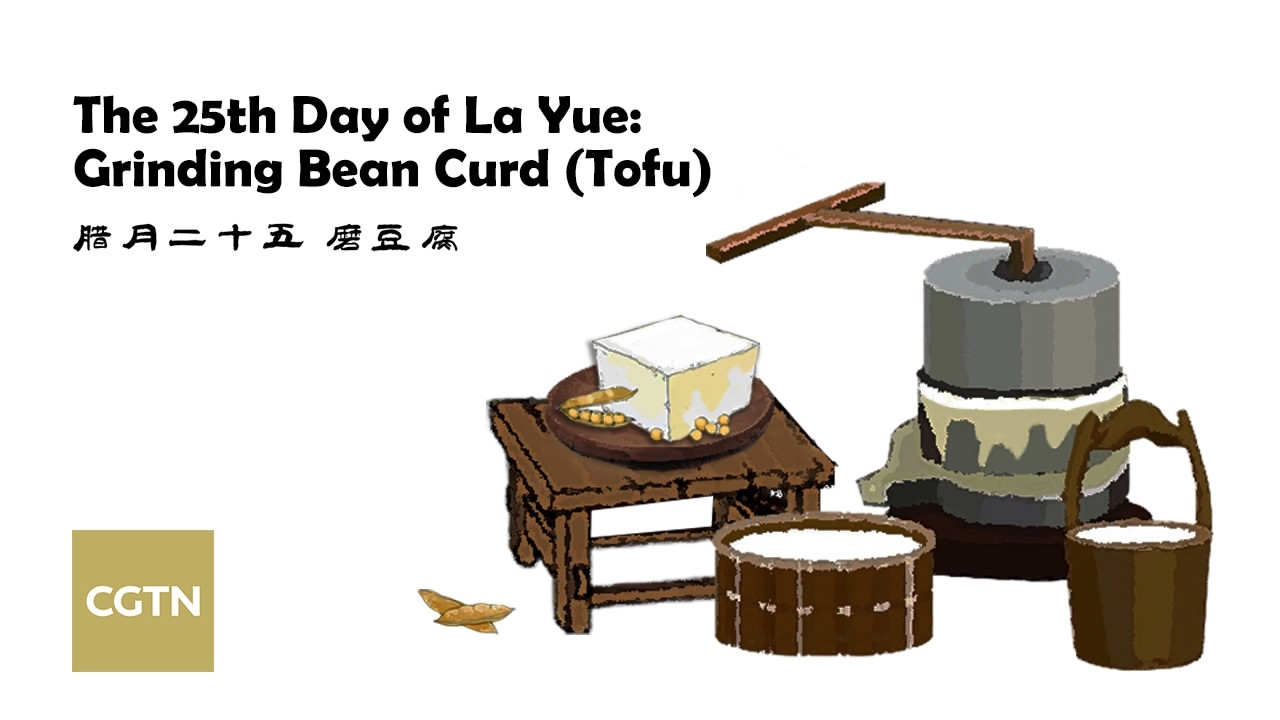
CGTN Photo
CGTN Photo
One day after the deities’ review, the Highest Emperor in heaven descends on earth to see for himself if every family is leading a frugal and hardworking life. To show they do, people usually have bean curd on this day. The tradition reflects the virtue of austerity of Chinese people during times of hardship.
The 26th day of La Yue: Cooking meat
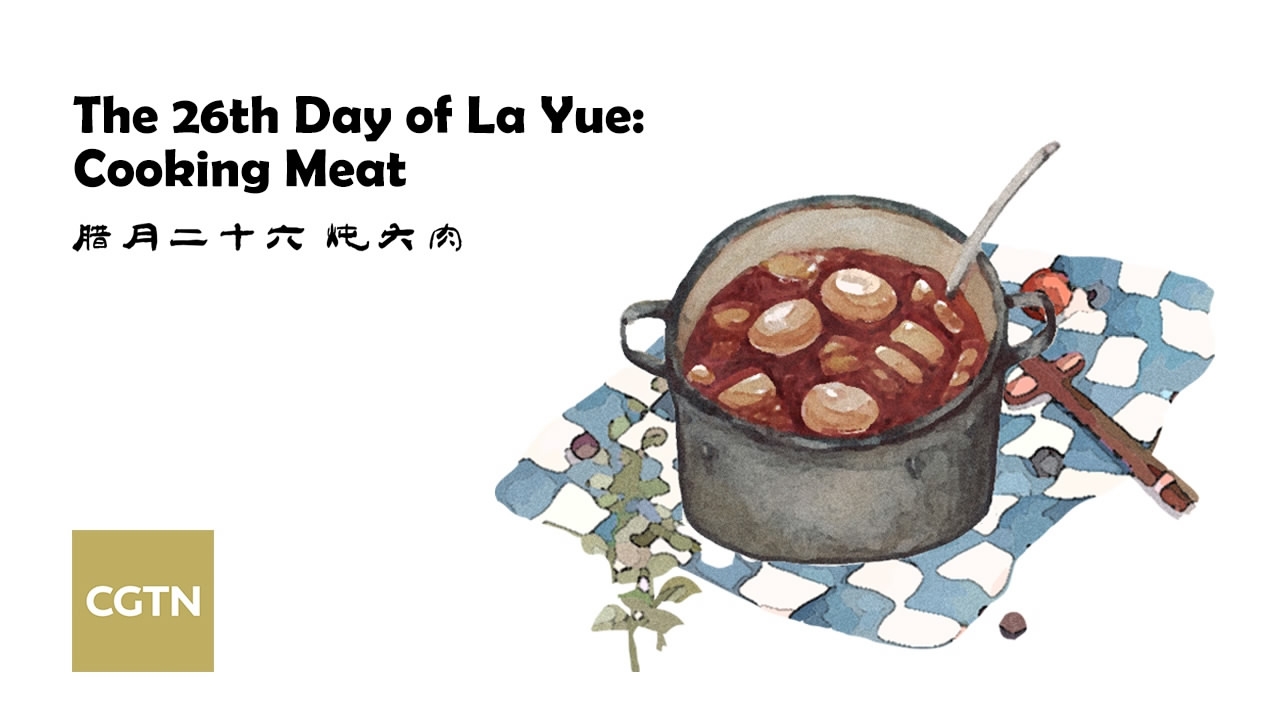
CGTN Photo
CGTN Photo
In an agrarian society like ancient China, most families could only afford to eat meat on special occasions, as meat was considered a sign of affluence. People preferred braising the meat in a brown sauce as the color was believed to suggest a prosperous life for the upcoming year.
The 27th day of La Yue: Showering, washing clothes
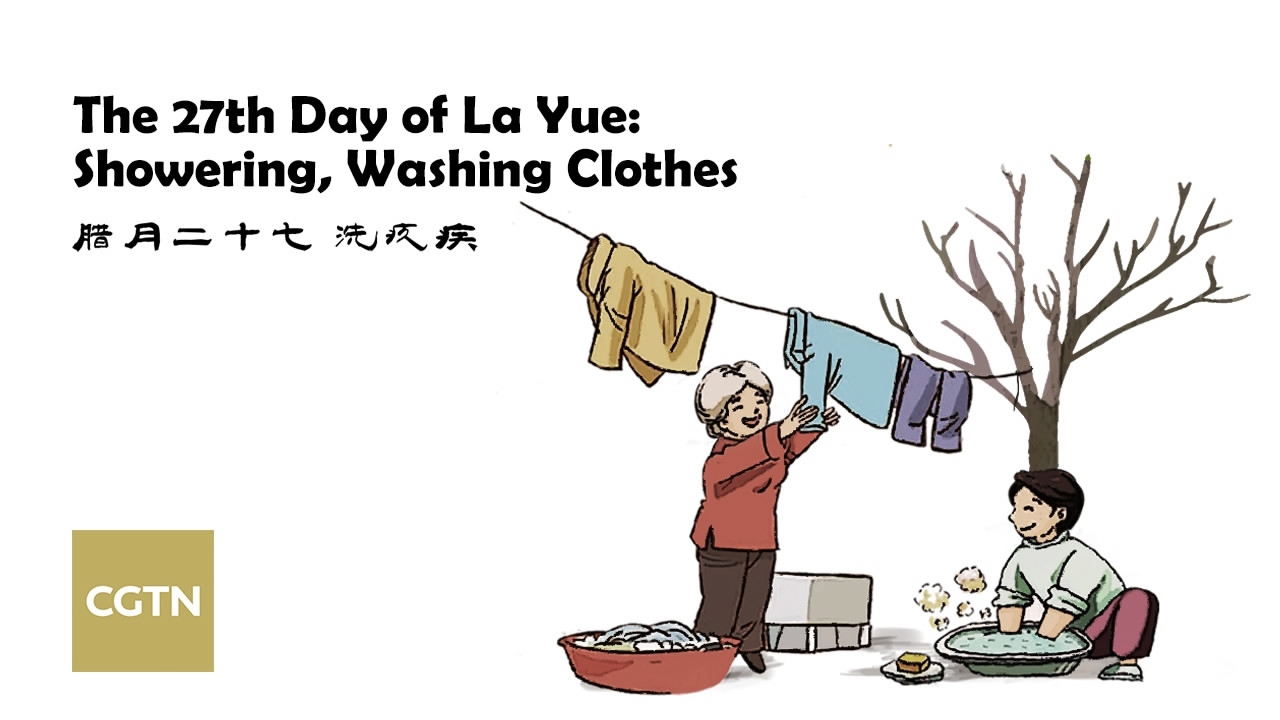
CGTN Photo
CGTN Photo
Chinese people would wash themselves and their clothes on this day according to folk customs. It is said that taking a bath can help you get rid of bad luck and illnesses, so that you can enjoy good health in the year to come.
The 28th day of La Yue: Kneading dough, making cake
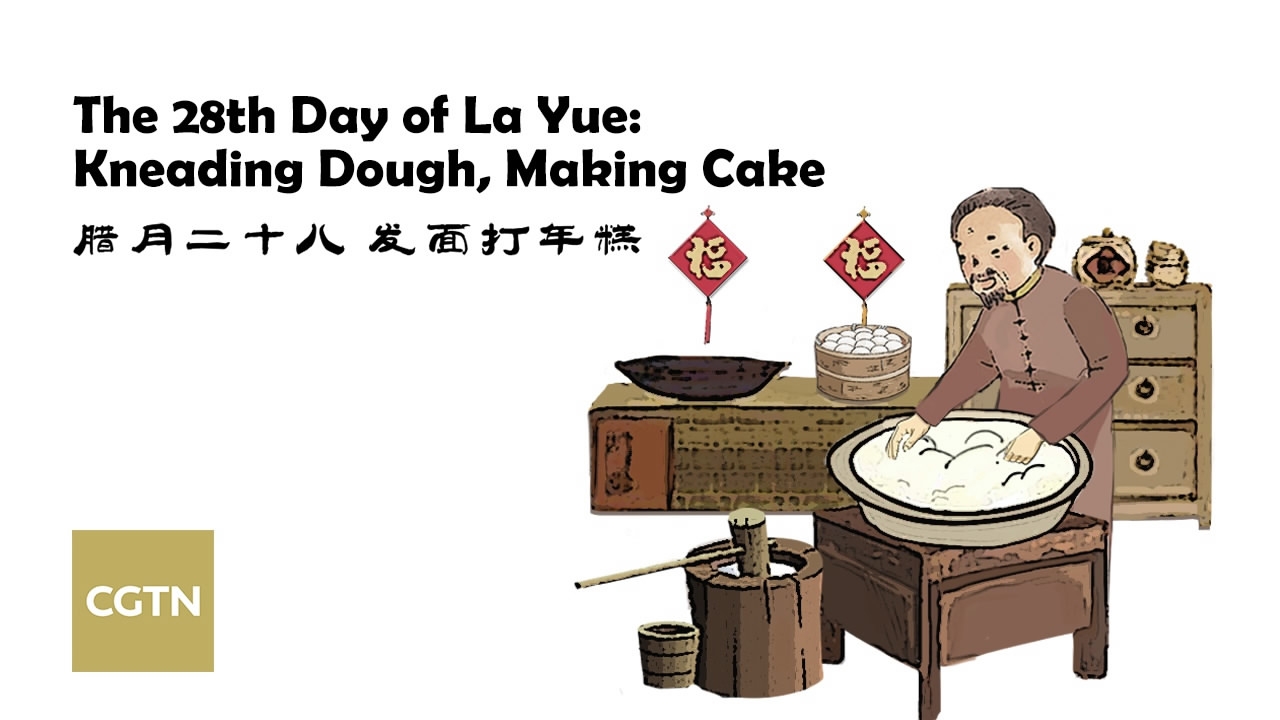
CGTN Photo
CGTN Photo
With the meat dish cooked, people would traditionally begin preparing staples for the upcoming Spring Festival. Since food crops differ between Chinese regions – wheat in the North and rice in the South, the dishes are naturally different. Northerners would knead the dough to make steamed buns, while Southerners pound glutinous rice to steam “year cake” or niangao.
The 29th day of La Yue: Honoring ancestors
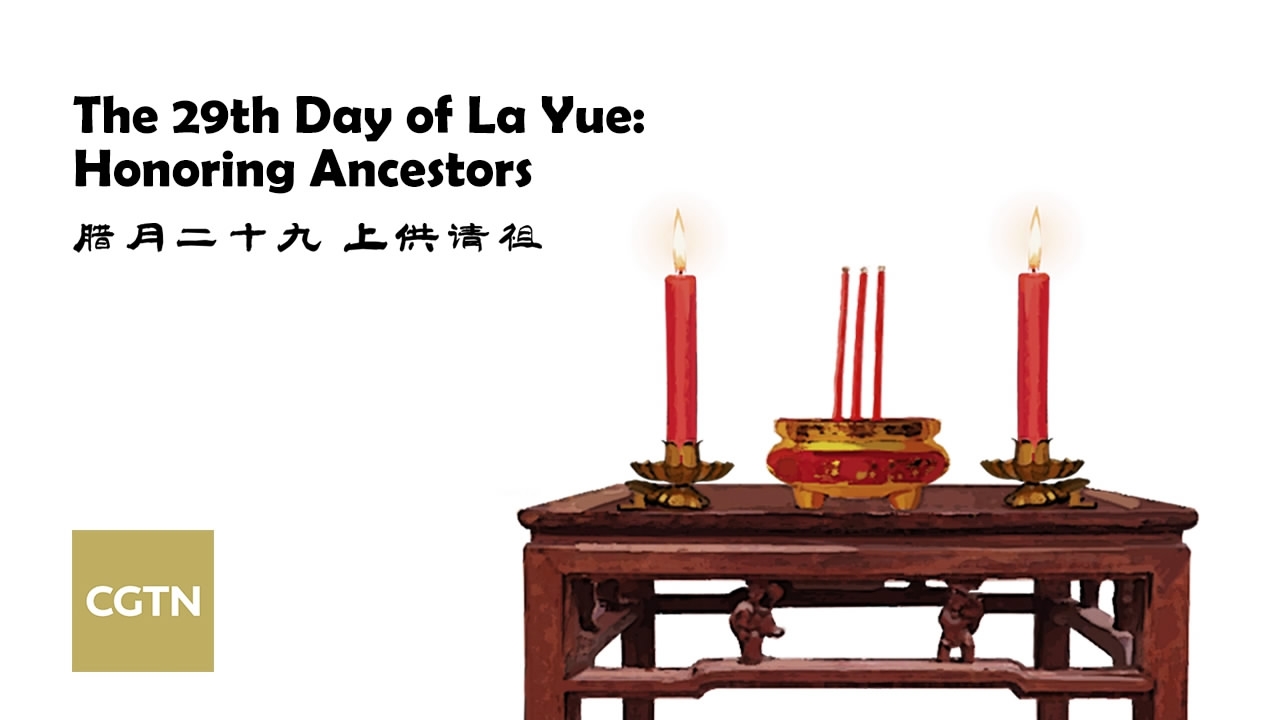
CGTN Photo
CGTN Photo
One day before Spring Festival Eve, people sweep the tombs of deceased family members and burn incense and joss paper at the front doors of their houses to show respect for the ancestors and invite their spirits to spend the night.
The 30th day of La Yue: Spring Festival Eve

CGTN Photo
CGTN Photo
The 30th day of La Yue marks Spring Festival Eve, when family members gather for a big reunion, which is especially meaningful for those who have been away from home for either work or study. Feasting on a banquet and watching the Spring Festival Gala on television have become an annual fixture for almost all Chinese. People stay up late and ring in the New Year with their loved ones.
The first day of Zheng Yue: New Year greetings
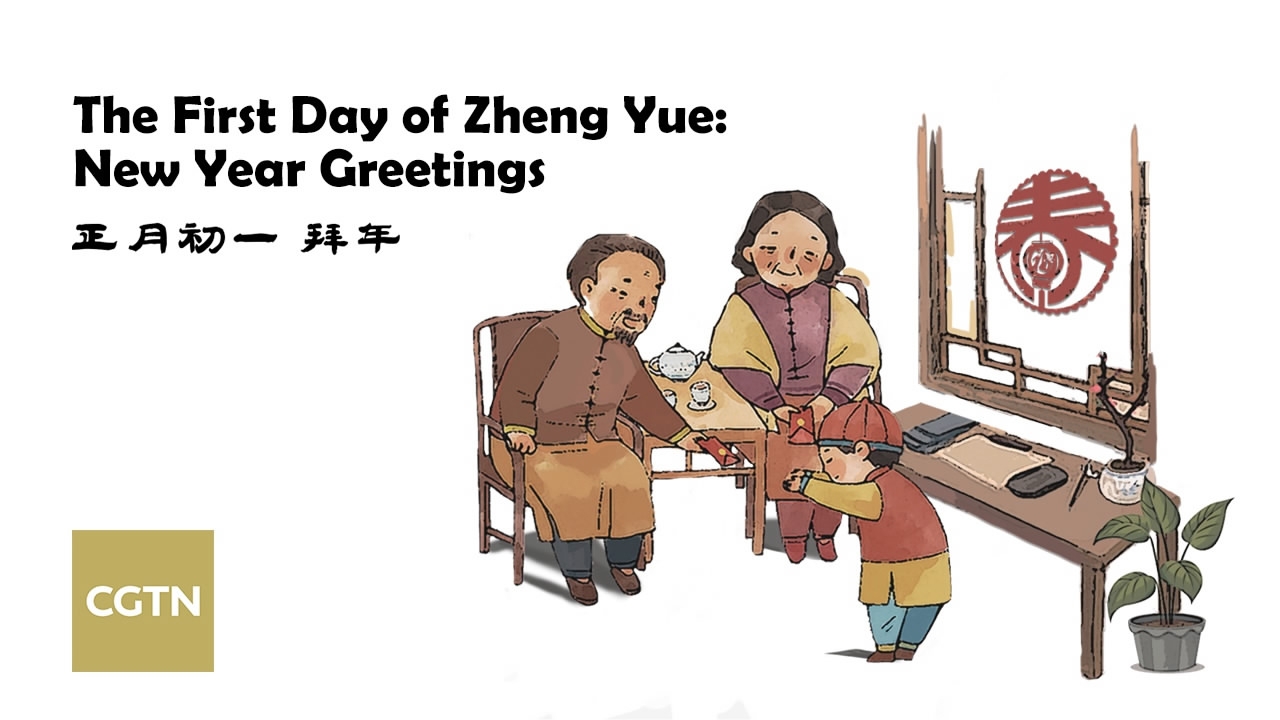
CGTN Photo
CGTN Photo
The first month of the lunar year is called Zheng Yue. Getting up early on this day is as much a tradition as is staying up later the night before. People pay visits to relatives and friends with gifts and auspicious messages. Popular greetings include “good fortune,” “good health” and “happiness.”
The second day of Zheng Yue: Married daughters visit childhood homes

CGTN Photo
CGTN Photo
In the past, married daughters would visit their parents’ houses with their husbands and children on this day. Such a tradition allowed the women of the family to reunite and catch up on each other’s lives. In modern times, however, it is more of a continuity of mutual visits between relatives and friends.
The 15th day of Zheng Yue: Lantern Festival
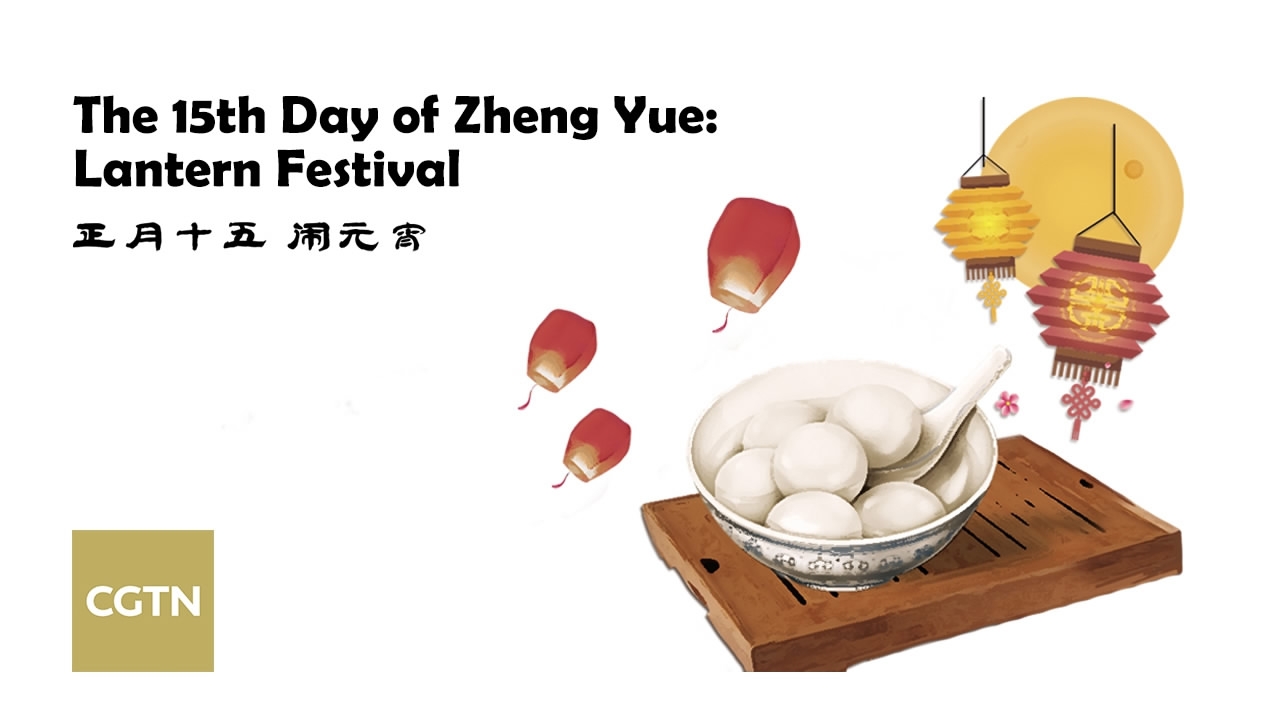
CGTN Photo
CGTN Photo
The 15th day of Zheng Yue marks the official end of the Spring Festival and is a festival in its own right – the Lantern Festival. At night, streets are decorated with lanterns featuring riddles waiting to be solved. Also on the menu is tangyuan, glutinous rice balls typically filled with sweet red bean paste, sesame paste or peanut butter.
(Illustrations by designer Du Chenxin)

SITEMAP
Copyright © 2018 CGTN. Beijing ICP prepared NO.16065310-3
Copyright © 2018 CGTN. Beijing ICP prepared NO.16065310-3